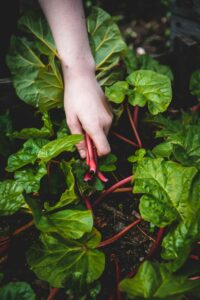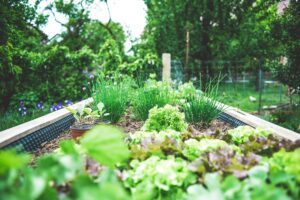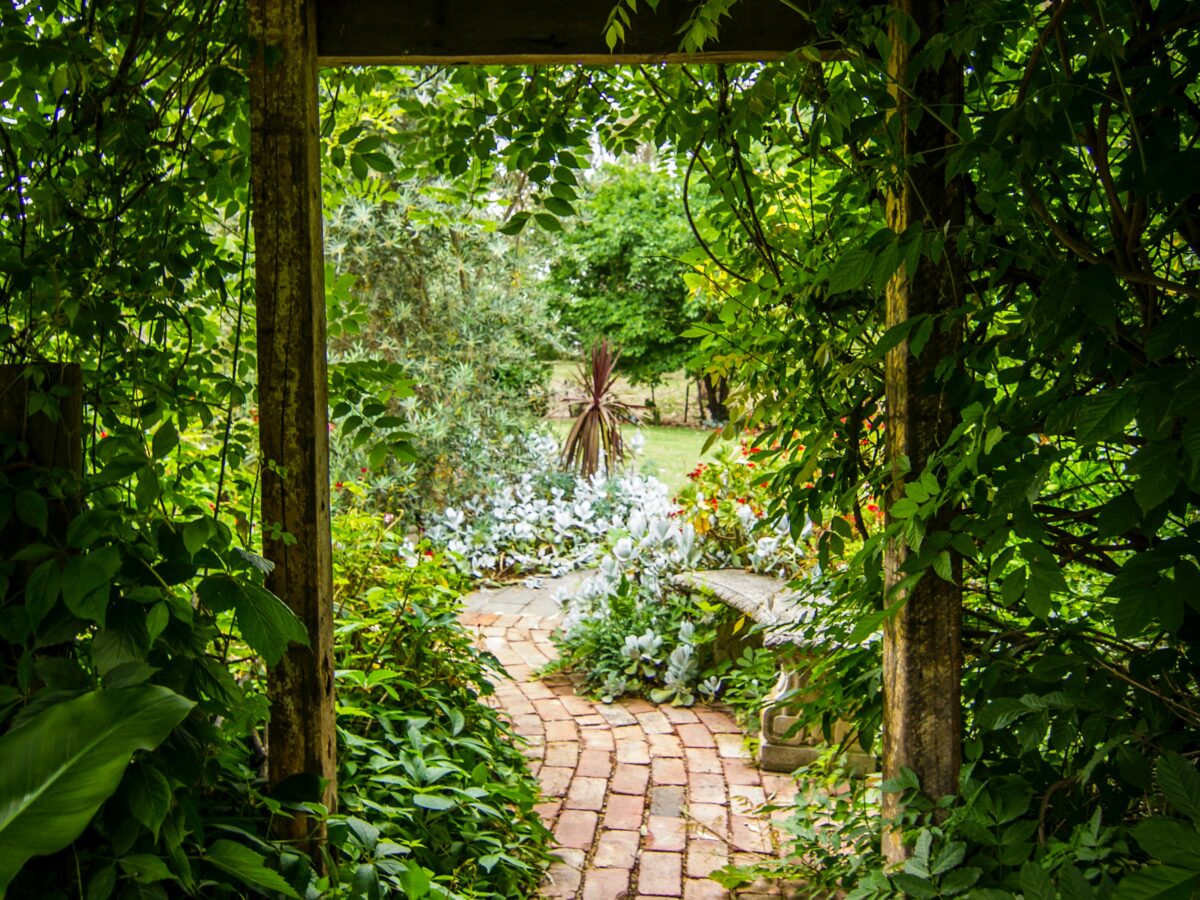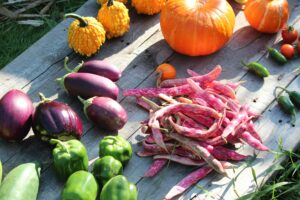
Growing Harmony
A Comprehensive Guide on How to Start a Permaculture Garden
Permaculture gardening has gained popularity as a sustainable and regenerative approach to cultivating our surroundings. This comprehensive guide aims to provide aspiring gardeners with the knowledge and skills necessary to embark on a transformative journey of creating a permaculture garden. From understanding the principles and ethics of permaculture to designing and implementing your own garden, we delve into the essential aspects of how to start a permaculture garden.
Introduction to Permaculture Ethics
We begin by exploring the core ethics and principles of permaculture, which include Earth care, people care, and fair share.

We begin by exploring the core ethics and principles of permaculture, which include Earth care, people care, and fair share.
Understanding these principles will guide your approach to designing and maintaining a permaculture garden that nurtures the ecosystem, supports human well-being, and encourages sharing resources.
You can create a garden that nourishes both the land and its inhabitants, while leaving a positive impact for future generations.

Site Analysis and Assessment
Conducting a thorough site analysis is essential to determine the unique characteristics and potential of your garden space. Learn how to assess factors such as climate, soil quality, sunlight exposure, water sources, and existing flora and fauna. This analysis will help you make informed decisions about garden layout, plant selection, and the integration of elements such as water catchment systems or composting areas.
Designing the Permaculture Garden
Designing a permaculture garden involves creating a harmonious and interconnected system that mimics natural ecosystems. Learn about the key design elements, including food forests, companion planting, contouring, and efficient space utilization.
Utilizing a Variety of Gardening Methods
Explore techniques for maximizing biodiversity, attracting beneficial insects, and minimizing waste through thoughtful design choices.


Selecting and Growing Permaculture Plants
Discover a diverse range of plant species suited for permaculture gardens, including perennial fruits, vegetables, herbs, and nitrogen-fixing plants. Learn about companion planting, guilds, and polycultures that promote symbiotic relationships among plants. Gain insights into organic gardening practices, natural pest management, and soil fertility enhancement methods such as composting and mulching.
Here’s Everything You’ll Learn
Integrating animal systems into a permaculture garden adds another dimension of sustainability. Explore options such as beekeeping, backyard poultry, or small livestock. Discover how these animals contribute to pollination, pest control, soil fertility, and the overall balance of the ecosystem. Learn responsible and ethical practices for raising animals in harmony with nature.
Animal Systems
Water Management
Sustainable Practices
Long-Term Care
This testimonial is a premium Mai Theme Pro feature.

Join us on this enriching journey as we celebrate tradition

Starting a permaculture garden is a rewarding and transformative journey that connects us with the natural world while promoting sustainability and self-sufficiency.
This guide has provided an overview of the essential aspects of starting a permaculture garden, from understanding permaculture principles to designing and maintaining an abundant and harmonious ecosystem. By following these principles and embracing the regenerative practices of permaculture, you can create a garden that nourishes both the land and its inhabitants, while leaving a positive impact for future generations.
Frequently Asked Questions
Do I need any prior gardening experience to take this course?
No prior gardening experience is required. This course is designed to accommodate beginners as well as those with some gardening knowledge. It provides step-by-step guidance and covers the fundamental principles of permaculture gardening, making it accessible to all.
How long does the course take to complete, and can I learn at my own pace?
The course duration varies depending on your learning speed and availability. It is designed to be flexible, allowing you to learn at your own pace. You can access the course materials online and study them at a time that suits you best.
What resources or materials will I need to participate in the course?
To participate in the course, you will need a device with internet access to access the course materials online. Additionally, it is beneficial to have access to gardening tools, seeds, and basic gardening supplies. However, the course will guide you on sourcing and acquiring these materials.
Will I receive a certificate upon completing the course?
Yes, upon successfully completing the course, you will receive a certificate of completion. The certificate will validate your participation and demonstrate your understanding of the key concepts and principles of starting a permaculture garden.
Is this course applicable to my specific region or climate?
Yes, the course covers foundational principles and techniques that can be applied to various regions and climates. While specific plant recommendations may vary depending on your location, the course provides a framework and knowledge base that can be adapted to suit different environments and growing conditions.
This accordion is a premium Mai Theme Pro feature.

ONLY FEW DAYS TO PURCHASE!
Don’t miss this very special opportunity to join the comprehensive guide on how to start a permaculture garden
Here’s what’s included
- Introduction to the ethics and principles of permaculture gardening.
- Site analysis and assessment techniques to determine the potential of your garden space.
- Designing a permaculture garden layout that mimics natural ecosystems and maximizes biodiversity.
- Selecting and growing a diverse range of permaculture plants, including perennial fruits, vegetables, and herbs.
- Companion planting, guilds, and polycultures for symbiotic plant relationships.
- Incorporating animal systems such as beekeeping, backyard poultry, or small livestock for added sustainability.
- Water management strategies, including rainwater harvesting, swales, and irrigation techniques.
- Sustainable practices like composting, vermiculture, and waste reduction.
- Creating habitat niches and preserving native species to foster biodiversity.
- Maintenance and long-term care of your permaculture garden, including pruning, fertilizing, and pest control.
$128.00 USD
This is a sample sales landing page.
This is a sample sales landing page for your course. We use and love LearnDash and Restrict Content Pro for your course content!
